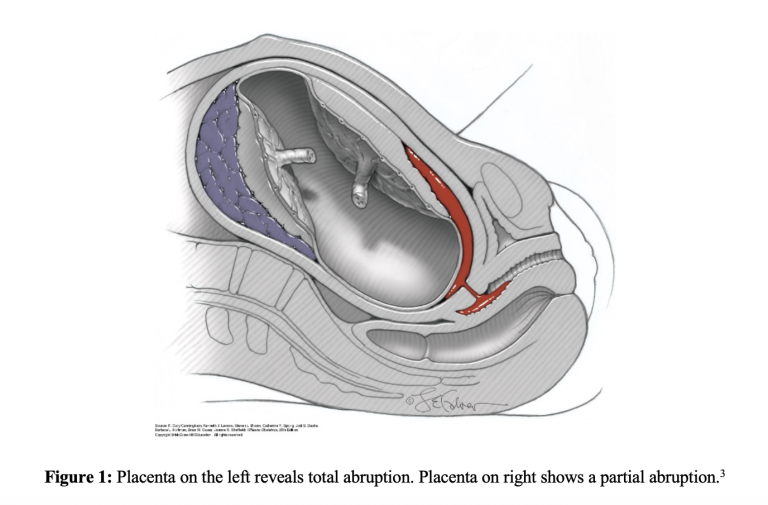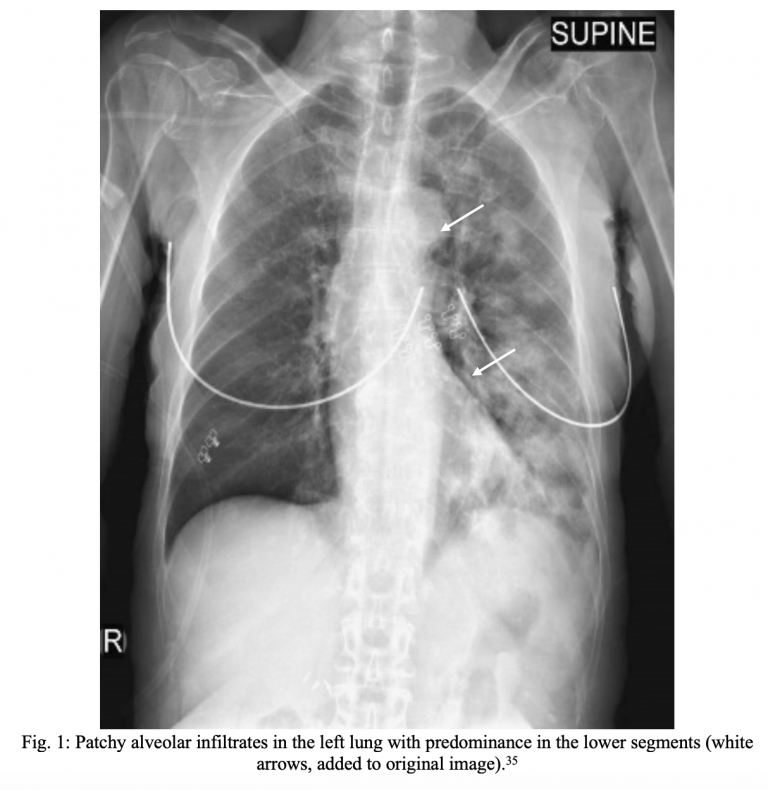Revision Resources
Recent Posts View All
November FOAMed
Vaping Associated Lung Injury

Why this matters:
- As of Oct 15, vaping has been associated with acute lung injury in over 1400 people
- 33 deaths have been confirmed in 24 states
- 70+% of those with VALI are young men
- A large number of patients are requiring ICU/ intubation/ ECMO
Early Repolarization or Anterior STEMI?

In this ECG Cases blog we present ECGs from 7 patients who presented with chest pain and mild anterior ST elevation. Can you identify which were early repolarization and which were anterior STEMI?
Wounds and Lacerations in the ED

The evaluation and treatment of acute injuries accounts for approximately 42.2 million visits to US Emergency Departments each year. Lacerations and other acute wounds are an important subset of acute injuries with approximately 9 million seen yearly in US Emergency Departments alone. These wounds require appropriate physical evaluation for extent of injury, radiographic evaluation for secondary injury, and irrigation/exploration for cleansing and foreign body and debris removal.
Placental Abruption

A 31-year-old G3P2 female at 32 weeks gestation is brought in by EMS after a fall with complaint of lower abdominal pain. She slipped on water, fell on her side, and is now having lower abdominal cramping. There was no LOC/seizures observed, and serum glucose was 102. She denies any leakage of fluids or vaginal bleeding. In the ED, her vitals are BP 126/78, HR 90, RR 16, SpO2 99% on RA, Temp 37 C. Exam reveals gravid abdomen with lower abdominal tenderness and no signs of bruising. Her underwear reveals fresh spotting of vaginal blood. External pelvic exam shows no signs of external trauma, but there is scant blood at the introitus. Fetal heart rate is measured at 110 bpm with bedside ultrasound. What is the patient’s diagnosis? What is the next step in your evaluation and treatment?
Aspiration Syndromes

An 88-year-old male with a history of dementia is brought to the emergency department from home with cough and shortness of breath that started soon after lunch earlier that day. Vital signs are within normal limits. He is breathing comfortably and has clear breath sounds. Labs demonstrate a mild leukocytosis, but are otherwise unremarkable. Chest X-ray shows an infiltrate in the left lower lobe. Does this patient require antibiotics?
Are you sure you wish to end this session?

